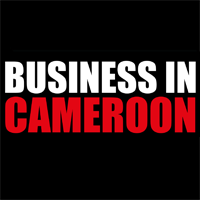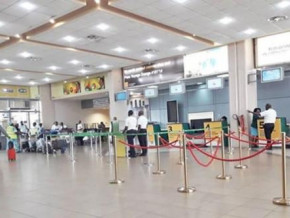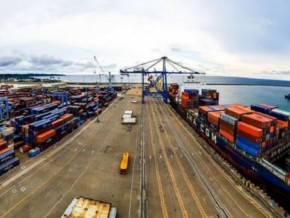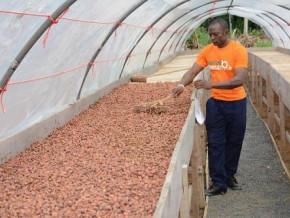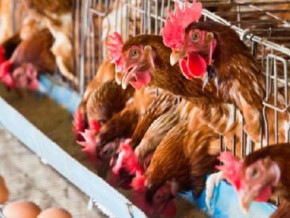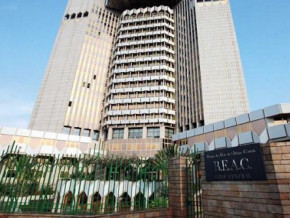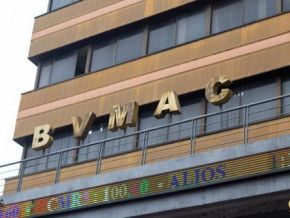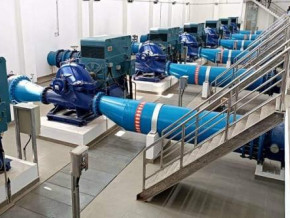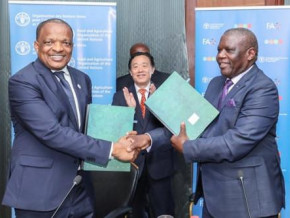
Rubber: Upsurge in world demand provokes gov’t interest
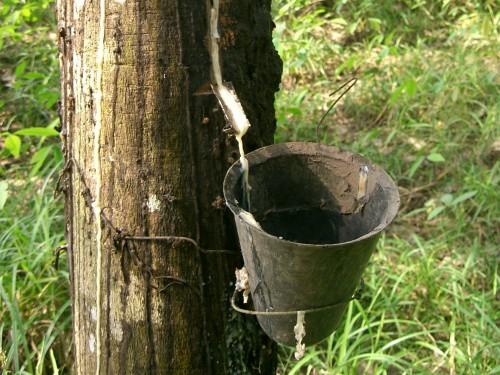
(Business in Cameroon) - Cameroon holds the 11th position of the world’s producers of natural rubber and is one of the few African members of the International Study Group on rubber (similar to OPEC for oil). And the demand for rubber is on the increase.
The economic crisis that shook the major industrial countries had a severe impact on the rubber sector in Cameron. “At the end of 2009,” said the Cameroonian authorities, “the production of natural rubber stood at 52,497 tons, down by 1.8% compared to 2008”. The Cameroonian government puts the 2010 figures at 53,433 tons. These statistics represent a 10,000 tons decline in production in recent years. Although there has been a steady increase in the output, it is still short of the volume in the years 2000s. But rubber remains an essential component of the Cameroonian economy, with nearly 30,000 jobs and export earnings of about CFAF 20 billion per year. This industry provides 2 percent of Cameroon’s export revenue.
Major producers
In Cameroon, three agro-industrial companies are the big producers of rubber. These companies have been carrying out reforms to boost output. HEVECAM taken over by GMG International (a Singapore giant) contributes over 50% of total production while the Cameroon Development Corporation (CDC), a State enterprise produces 40%.
The investments, intended to consolidate CDC ahead of future privatization, would raise rubber production by 5 percent and banana production by 10 percent, CDC Communications Officer, Charles Endeley said. CDC produced 22,356 tons of rubber in 2008, mostly for export to Asia. The third operator, SAFACAM, has an output of 5,000 tons per annum.
Village plantations
Currently, the village plantations provide 10% of the national production (from an area of 400 hectares) and the authorities want to increase this share by at least 50% in 10 years. A study conducted in 2011 on the issue, showed that the establishment of a plantation of one hectare is equivalent to about 1 million CFAF. Cameroonian strategy relating to rubber embraces the recovery of volume of production, renovation of plantations (some date back to some 40 years), the search for competitiveness, quality improvement and development of processing industries. On this last aspect, the country lags behind. Only 10 % of the output is processed locally, the rest is currently exported mainly to the EU and to a lesser extent, to Asia.
J.V
Mags frontpage
- Most read 7 days
- shared 1 month
- read 1 month
